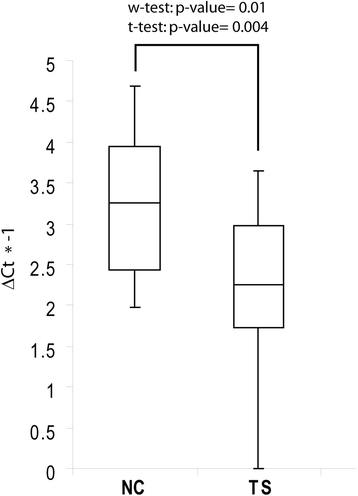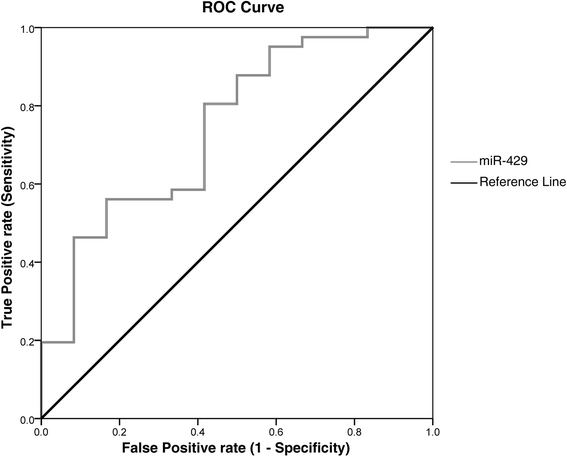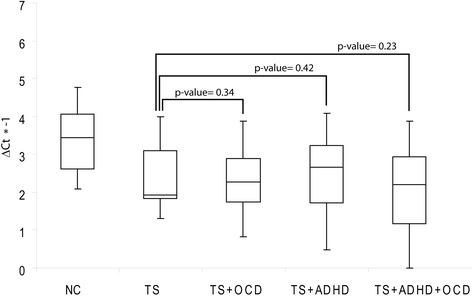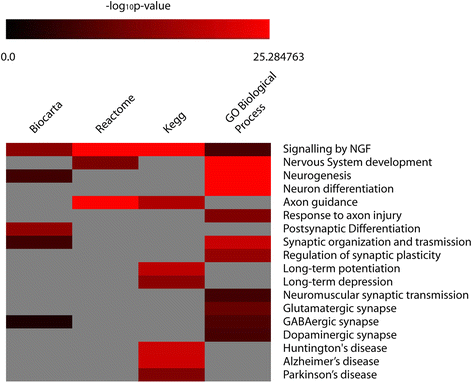Circulating miRNAs profiles in Tourette syndrome: molecular data and clinical implications
- PMID: 26205656
- PMCID: PMC4513635
- DOI: 10.1186/s13041-015-0133-y
Circulating miRNAs profiles in Tourette syndrome: molecular data and clinical implications
Abstract
Background: Tourette Syndrome (TS) is a highly prevalent childhood neuropsychiatric disorder (about 1 %), characterized by multiple motor and one or more vocal tics. The syndrome is commonly associated to comorbid conditions (e.g., Attention Deficit Hyperactivity Disorder and Obsessive Compulsive Disorder), which considerably aggravate clinical symptoms and complicate diagnosis and treatment. To date, TS molecular bases are unknown and its molecular diagnosis is unfeasible.
Results: Due to their master role within cell networks and pathways both in physiology as in pathology, we sought to determine the transcriptome of circulating miRNAs in TS patients: by TaqMan Low Density Arrays, we profiled the expression in serum of 754 miRNAs in six TS patients and three unaffected controls (NCs) (discovery set). These data were validated by single TaqMan assays on serum from 52 TS patients and 15 NCs (validation set). Network and Gene-ontology analysis were performed by using Cytoscape and Babelomics server. We found that miR-429 is significantly underexpressed in TS patients with respect to NCs. Decreased serum levels of miR-429 allowed us to discriminate TS patients from NCs with 95 % of sensitivity and 42 % of specificity. Intriguingly, computational analysis of the network comprising miR-429 targets demonstrates their involvement in differentiation of midbrain and hindbrain and synaptic transmission.
Conclusions: Our data open the way to further molecular characterization of TS and eventual identification of the corresponding genotypes. Circulating miR-429 may be immediately useful as sensitive molecular biomarker to support TS diagnosis, actually based only on DSM-V criteria.
Figures




References
-
- American Psychiatric Association . Diagnostic and Statistical Manual of Mental Disorders. 5. Washington, DC: American Psychiatric Press; 2013.
Publication types
MeSH terms
Substances
LinkOut - more resources
Full Text Sources
Other Literature Sources
Medical

